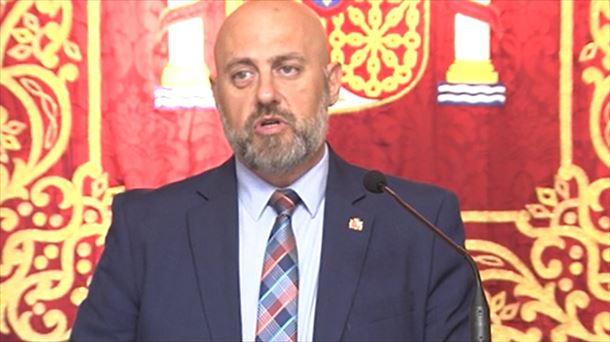It is poorly ordered about the air quality in the classrooms of Austria: the guideline for the average CO2 concentration is exceeded in more than three -quarters of the classrooms. The values in the winter are even worse, as a study now shows. Surprising: better CO2 values were usually reached in the cities than in the country.
How bad the air quality in the school classes of Austria was increased in a study by TU Graz on behalf of the Ministry of Education. And the result is shocking, because the schools of Austria largely do not comply with the national and European guidelines for ventilation.
CO2 concentration exceeded 75 percent of the rooms
In the 2023/24 school year, the directive for the daily medium -sized CO2 concentration of 1000 ppm (parts per million) was exceeded in more than 75 percent of the approximately 1200 classrooms examined. The quota rose even higher in the winter. “In individual cases, the CO2 values per hour were more than 6900 ppm, almost seven times the guide. In the worst cases, a quarter of all classrooms did not even offer the absolute minimum ventilation level that recommend the applicable European standards.
For the study, a team under the leadership of Robert McLeod and Christina Hopfe of the Institute for Building Physics, Building Technology and Building Technology Graz investigated the CO2 concentrations, ventilation percentages and environmental data in around 1200 classrooms in all Austrian federal states 202/4.
Sometimes huge differences in school types and regions
In some cases there were significant differences between school types and regions and the influence of the type of ventilation: “Special schools that are particularly well cut because their classrooms have relatively low occupancy density. Surprisingly, schools of all types in the cities usually had better CO2 values than schools in the country.”
Mechanical ventilation better than manual
The way of classroom ventilation also plays a role: “In rooms with automatic, mechanical ventilation, air quality is better in the year than in classes that are manually ventilated by opening the windows,” said Hopfe. This effect at external temperatures of 16 degrees Celsius and below it becomes particularly clear: on such days the middle CO2 concentration in mechanically ventilated schools is 450 to 600 ppm lower than in naturally ventilated schools.
However, mechanical ventilation systems cost. Alternatively, relatively cheap CO2 sensors could be used: in half of the school classes investigated, clearly visible sensors were confirmed, which indicated the extraordinary of the guideline with colored lights. “Such sensors influence the ventilation behavior in many classrooms and have considerably improved the air quality in manually ventilated rooms, especially in the winter months,” Hopfe said.
CO2 sensors and training courses for correct ventilation for teachers and students are investments that all schools should consider was the recommendation.
Source: Krone
I am an experienced and passionate journalist with a strong track record in news website reporting. I specialize in technology coverage, breaking stories on the latest developments and trends from around the world. Working for Today Times Live has given me the opportunity to write thought-provoking pieces that have caught the attention of many readers.



